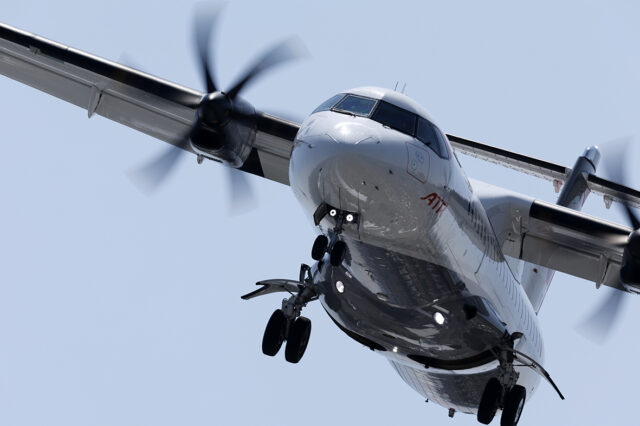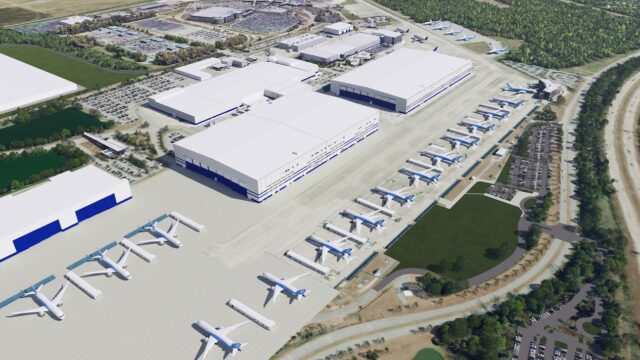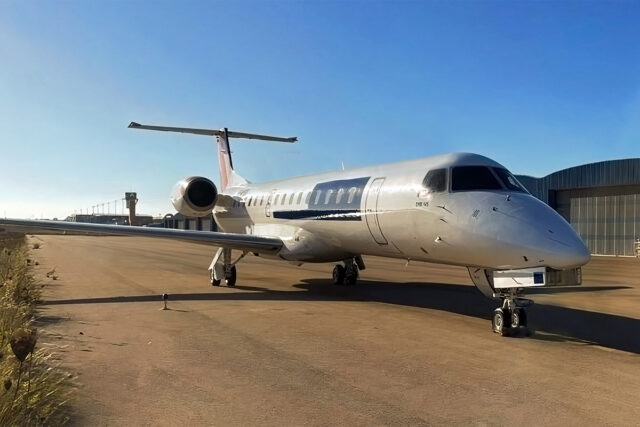Happy birthday easyJet: How the orange airline shaped 30 years of aviation & what’s next

November 10, 2025
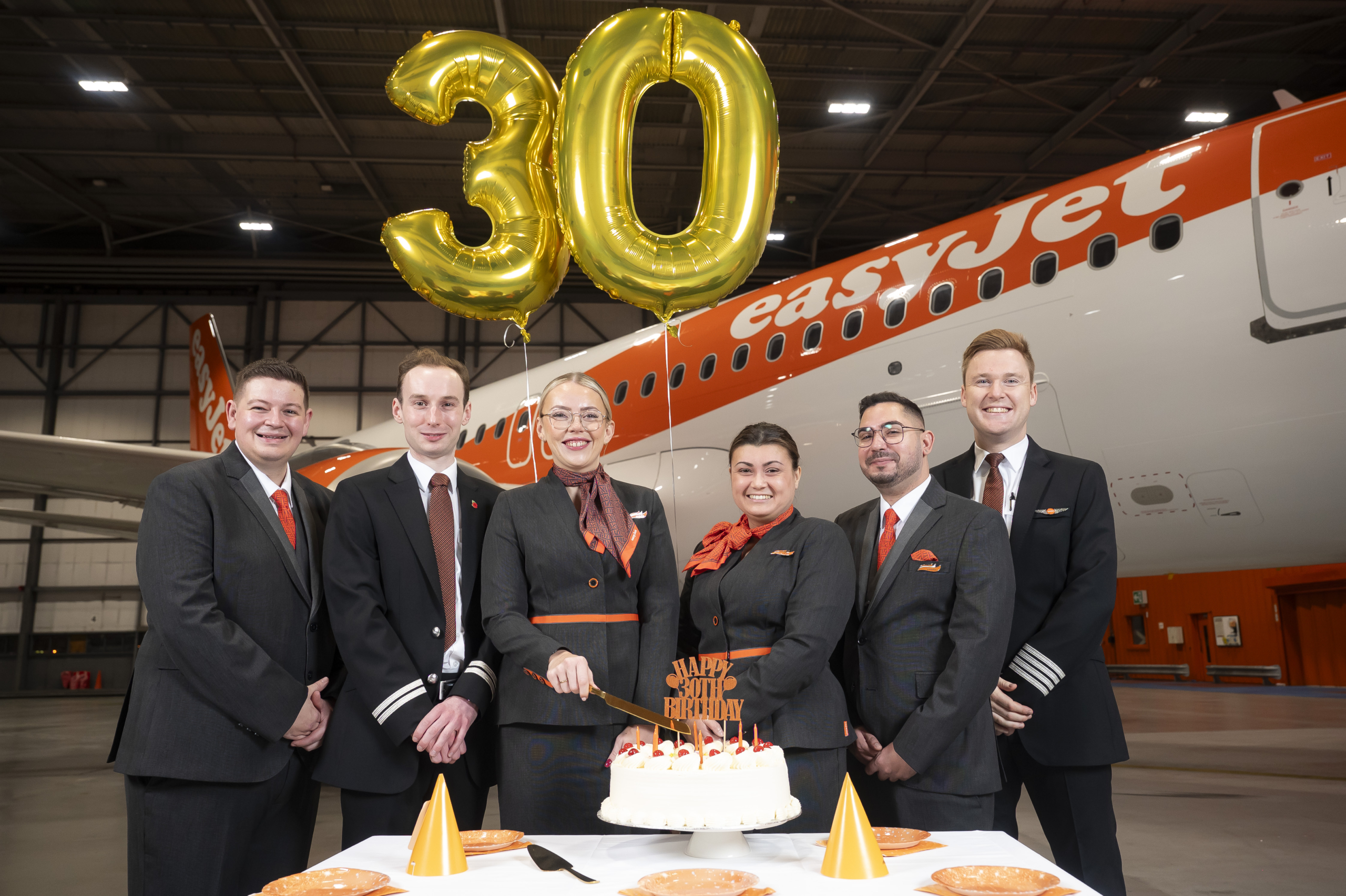
Today, 10 November 2025, marks 30 years of easyJet’s orange and white presence in the European aviation market.
To celebrate, easyJet hosted a special anniversary flight operated entirely by 30-year-olds, including pilots, cabin crew and ground staff. Flying from London Luton to Glasgow, the same route the airline first flew back in 1995, the crew were joined by retired Captain Fred Rivett, who operated that very first flight.
“It’s hard to believe it’s been three decades since my crew and I flew that very first flight from Luton to Glasgow,” said Rivett. “Back then, easyJet was a bold new idea and a complete disruptor to the industry, and to see how it has grown into the UK’s largest airline and helped millions travel across Europe and beyond is something I’m incredibly proud to have been part of.”
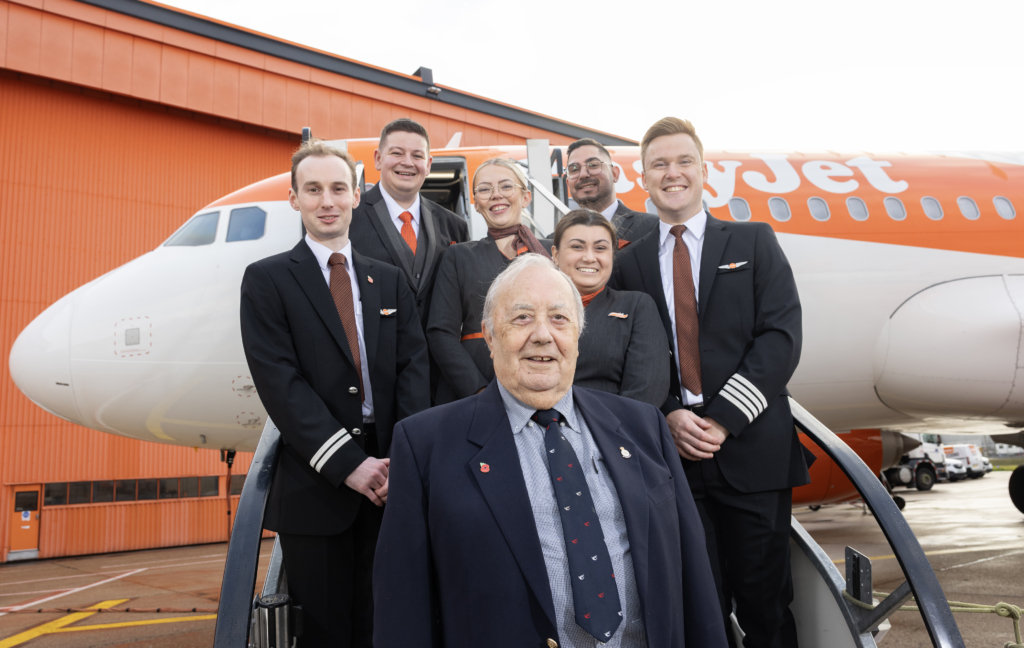
Founded in July 1995 by Stelios Haji-Ioannou, the airline began flying from Luton to Glasgow on 10 November, adding Edinburgh before the end of that month.
From the start, easyJet defied convention, advertising its services as ‘cheaper than a pair of jeans’ and flying aircraft with a phone number plastered down the side. By 1998, the phone number had been replaced by a website address, cementing easyJet’s place as one of the earliest adopters of online bookings.
Fast forward to today, and easyJet’s Boeing 737s have been replaced by a huge fleet of Airbus narrowbodies flying more than 1,200 routes across 38 countries. Over the years, it has absorbed several other airlines, including Go Fly, GB Airways, and parts of Air Berlin, and has continued to prove that low-cost flying doesn’t have to be miserable.
The easyJet effect: Driving down prices and democratising travel
As part of the celebrations, easyJet released its own 30th-birthday report, which sets out to quantify what many travellers already feel: the airline did not just cut fares, it changed behaviour at scale by normalising short-haul European trips for work, study, family life, and quick leisure breaks.
The fare history is stark. Launch fares that started at £29 in the mid-1990s equate to about £55–£95 in 2024 pounds, yet current starting fares on the same routes often sit in the mid-£20s to low-£30s. On representative pairs:
- Luton to Glasgow: £29 at launch, about £58 in today’s money, versus £26 now, a 55% real-terms drop.
- Luton to Edinburgh: £29 becomes £58 in real terms, versus £27 now, down 52%.
- Luton to Amsterdam: £35 becomes £68 in real terms, versus £33 now, down 52%.
- Luton to Barcelona: £29–£49 becomes £56–£95 in real terms, versus £26 now, down 72 to 53%.
- Belfast International to Liverpool: £29 becomes £54 in real terms, versus £23 now, down 57%.
| Year | Route | Starting fare (launch) | 1990s fare in real terms** | 2024 fare | Change in real price |
|---|---|---|---|---|---|
| 1995 | Luton – Glasgow | £29 | £58 | £26 | -55% |
| 1995 | Luton – Edinburgh | £29 | £58 | £27 | -52% |
| 1996 | Luton – Aberdeen | £29 | £56 | £26 | -53% |
| 1996 | Luton – Inverness | £29 | £56 | £27 | -51% |
| 1996 | Luton – Amsterdam | £35 | £68 | £33 | -52% |
| 1996 | Luton – Milan Malpensa | £29–£35 | £56–£68 | £25 | -63% to -56% |
| 1996 | Luton – Nice | £29–£49 | £56–£95 | £30 | -69% to -47% |
| 1996 | Luton – Barcelona | £29–£49 | £56–£95 | £26 | -72% to -53% |
| 1996 | Luton – Geneva | £29 | £56 | £33 | -42% |
| 1996 | Luton – Málaga | £29–£49 | £56–£95 | £31 | -67% to -44% |
| 1996 | Luton – Palma de Mallorca | £29–£49 | £56–£95 | £32 | -66% to -43% |
| 1998 | Belfast International – Luton | £29 | £55 | £25 | -53% |
| 1999 | Belfast International – Liverpool | £29 | £54 | £23 | -57% |
** 1990s fares adjusted to 2024 pounds using ONS CPI.
Set against the cost of everyday items since 1995, easyJet flights have decisively beaten inflation. A first-class stamp is up about 231% in real terms, an Arsenal match ticket about 147%, a Glastonbury ticket about 178%, and even a loaf of bread is roughly 55% more expensive in real terms.
The data supports the social claim: the airline compressed both geography and cost for millions of people, helping create the weekend city-break culture and expanding regional tourism flows.
The next 30 years: Will the easyJet effect be environmental?
The carrier now wants its next chapter to be defined as much by carbon reduction as by cost reduction. Three strands stand out.
- Alternative energy and propulsion. easyJet has been unusually vocal among short-haul carriers about hydrogen as a long-term solution. It has supported Wright Electric and ZeroAvia hydrogen work, engaged with Airbus on hydrogen-capable narrowbodies, and positioned itself to adopt zero-carbon propulsion on sub-1,000-mile missions as technologies mature. In parallel, the airline signed a long-term SAF memorandum with World Fuel Services and ATOBA Energy to meet blending mandates and build supply optionality as European volumes scale.
- Digital efficiency at fleet scale. Across the current A320 family, easyJet has installed Descent Profile Optimisation to cut fuel burn and CO₂ on approach, alongside wider operational measures such as single-engine taxi and rigorous weight-saving. It has also invested in FANS-C navigation and datalink capability to unlock more efficient routings, reduce holding, and improve on-time performance, turning software and airspace data into measurable emissions gains.
- Rethinking the airframe. This year, easyJet became the first European airline partner on JetZero’s blended-wing body programme, signalling a willingness to shape more radical aircraft architectures that promise step-change efficiency and better integration of future energy storage, including hydrogen. The carrier has also trialled drag-reducing coatings and other incremental aero tweaks, consistent with its “many small wins add up” philosophy.
If the first easyJet effect was economic, the airline is betting the second can be environmental.

The direction of travel is clear. By 2030, expect deeper SAF integration and early hydrogen ground ecosystems at select airports. By the mid-2030s, higher SAF blends and initial hydrogen-enabled services on shorter sectors could begin to bend the curve, supported by digital airspace tools that wring out inefficiency on every flight. By 2050, easyJet aims to deliver net-zero operations, turning the orange pioneer of affordable flying into a standard-bearer for affordable, lower-carbon flying.
Thirty years ago, easyJet changed where people could go and how often they could afford to go there. The challenge for the next thirty is to change how they get there, so the freedom to fly survives the transition to a cleaner aviation system.
